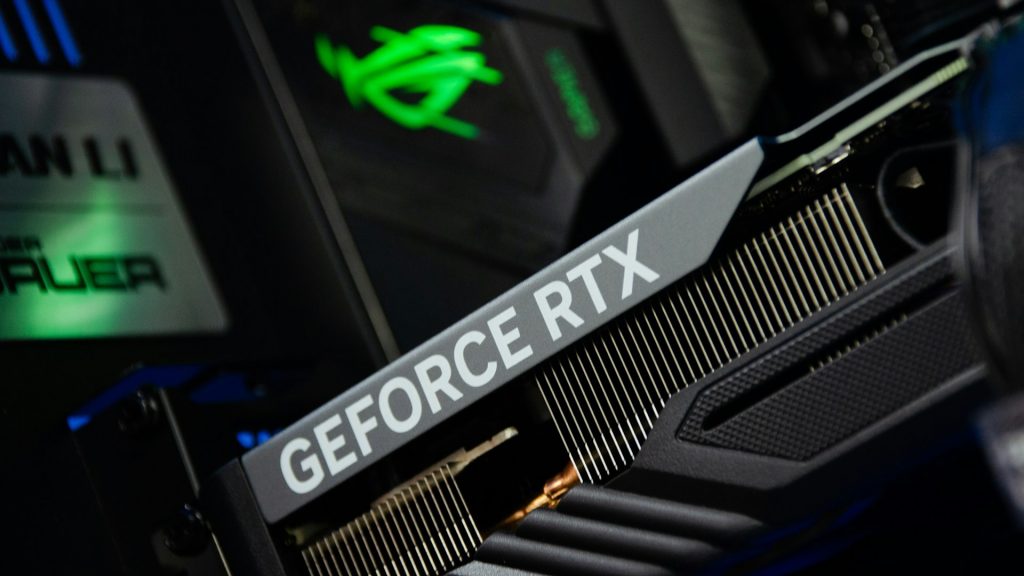INNO3D Hints at Neural Rendering Capabilities

Fresh rumours surrounding the technical specifications of the GeForce RTX 5070 Ti emerged just yesterday, with new insights surfacing almost daily. Notably, it appears that ZOTAC may have unintentionally revealed upcoming models, including the GeForce RTX 5090, GeForce RTX 5090D, GeForce RTX 5080, GeForce RTX 5070 Ti, and GeForce RTX 5070, along with a maximum memory configuration of 32 GB, as reported by Videocardz.
Meanwhile, INNO3D has taken a more cautious marketing approach. Nonetheless, its promotional material referencing plans to “unveil a new range of graphics cards at CES 2025” strongly suggests the impending arrival of the GeForce RTX 50 Series. Expected models include the iCHILL Frostbite, iCHILL X3, INNO3D X3, INNO3D Twin X2, INNO3D White, and the compact INNO3D Small Form Factor (SFF) editions.
AI at the Core of Next-Gen Graphics
Unsurprisingly, artificial intelligence (AI) is set to play a pivotal role—not only in the graphics cards themselves but also across associated technologies. INNO3D highlights several AI-driven advancements:
-
Advanced DLSS Technology: NVIDIA’s Deep Learning Super Sampling (DLSS) promises even better image quality and increased frame rates.
-
Enhanced Ray Tracing: Upgraded RT cores will provide more realistic lighting, shadows, and reflections in games.
-
AI-Accelerated Graphics: AI-powered performance boosts for gaming, content creation, and other demanding tasks.
-
Neural Rendering Capabilities: A potential game-changer in how graphics are processed and displayed.
-
AI-Enhanced Power Efficiency: Smarter power management and thermal optimisation powered by AI.
-
Improved AI-Driven Upscaling: Enhanced video upscaling capabilities benefiting creators beyond gaming.
-
Generative AI Acceleration: Dedicated features for speeding up generative AI tasks in line with growing content creation demands.
What Lies Ahead?
Many of these improvements seem like natural progressions from the current-generation graphics cards. NVIDIA has already made significant advancements in DLSS and enhanced RT cores as part of its Ada Lovelace architecture compared to its predecessor, the Ampere series.
However, INNO3D’s emphasis likely points to the upcoming Blackwell architecture, expected to power the GeForce RTX 50 Series. It remains unclear whether features like AI-optimised power management and thermal control stem from INNO3D’s proprietary innovations or are part of broader NVIDIA technologies.
Particularly intriguing is the mention of “Neural Rendering Capabilities,” touted as a revolutionary approach to processing and displaying graphics. However, precise details about this technology remain undisclosed, leaving room for speculation and anticipation ahead of CES 2025.





